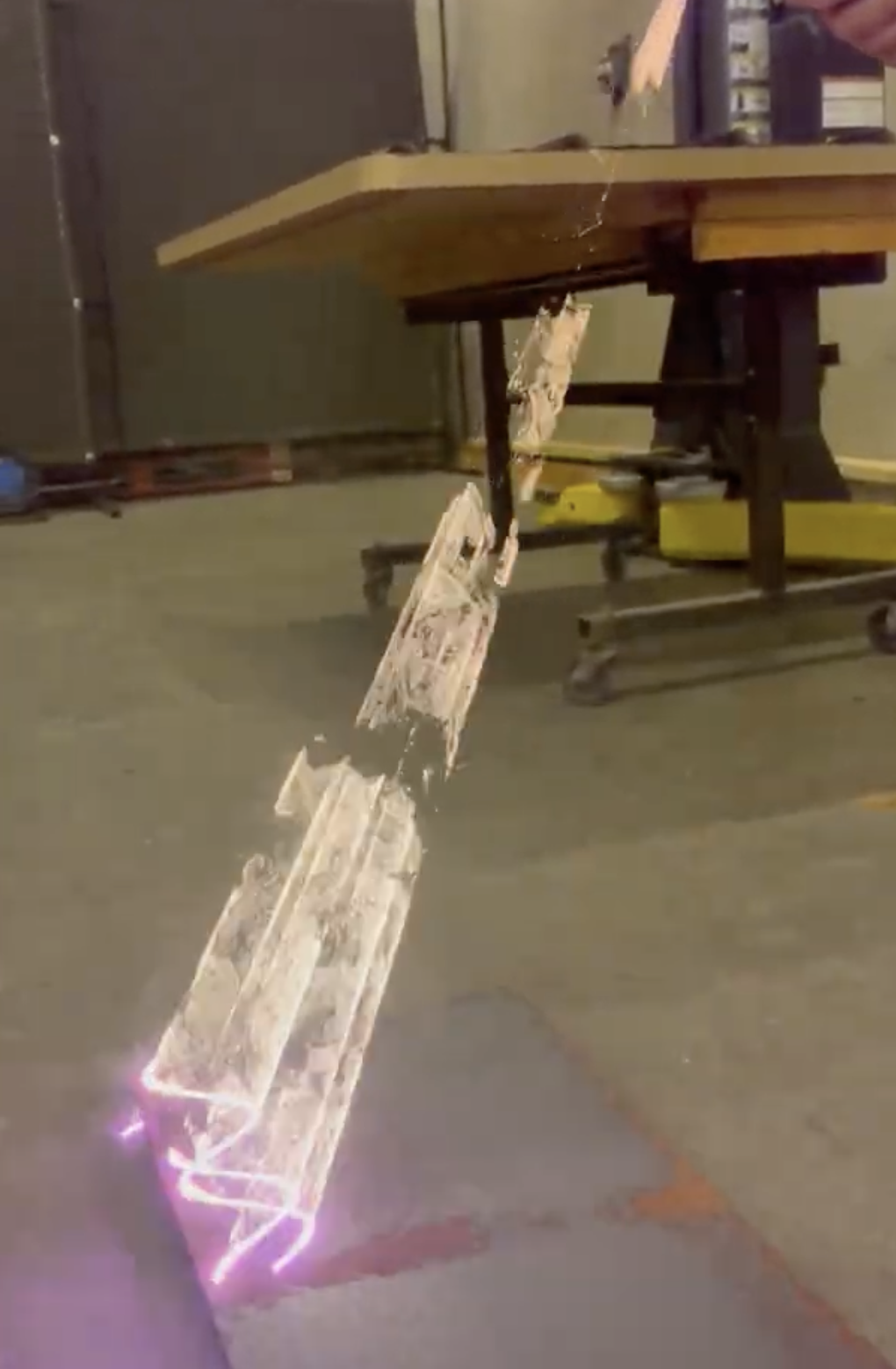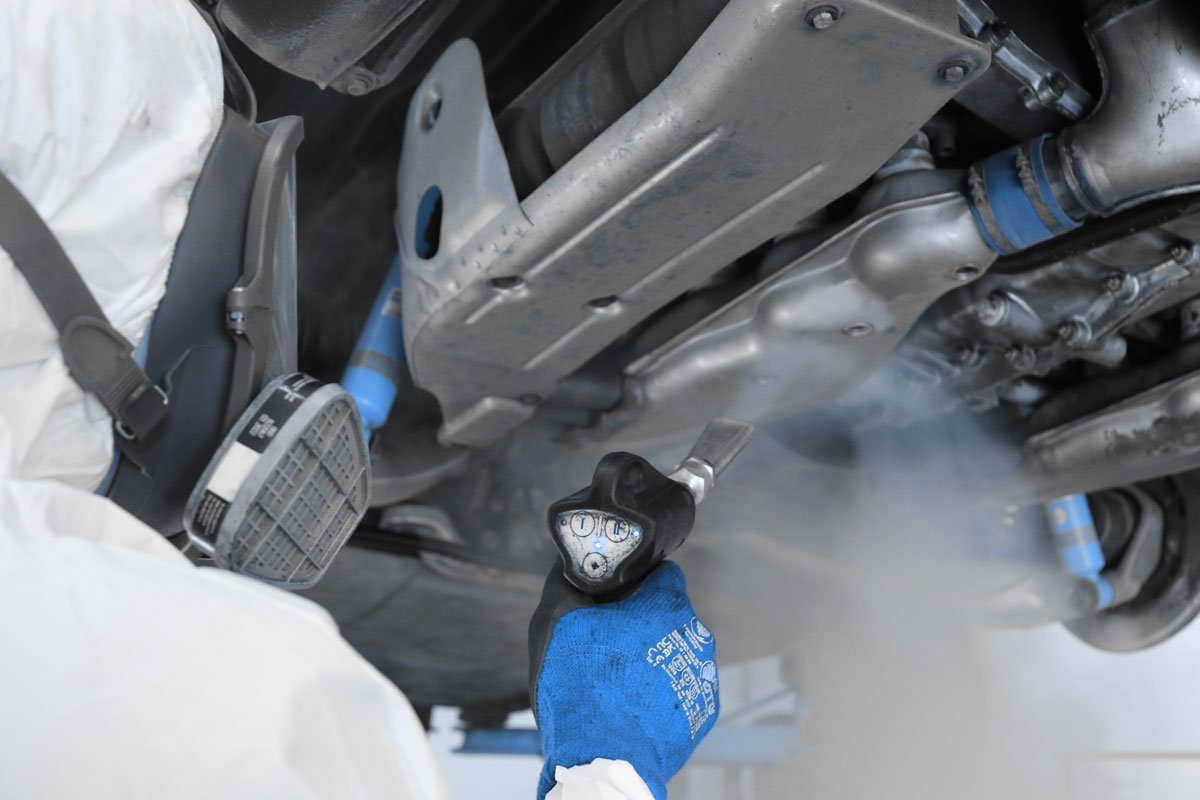
Laser Ablation Cleaning Services
Unlock the Power of Laser Ablation Cleaning and Stripping
Laser ablation cleaning is an effective method for cleaning surfaces and stripping materials from a substrate without causing damage. It uses nothing but light to clean and strip, making it a desirable alternative to sandblasting and media blasting. It is a truly amazing technology that saves significant time and effort over traditional cleaning and stripping methods. And it is available today from CryoMode!
applications
Metals
Glass
Plastic
Concrete
Wood
Electronics
Paint and coating removal
Rust and corrosion removal
Oil or grease removal
Rubber mold cleaning
Oxidation, zinc, anodization
Surface decontamination
Welding preparation
Surface preparation
Restoration of paintings & sculptures
Surface Texturing & Conditioning
Pre-adhesion treatment
And many more…
what is laser Ablation cleaning?
Laser cleaning is performed by using a process called laser ablation. The ablation process involves removing a material such as rust, paint, grease or other contaminants from a surface by using high-intensity energy beams of light that the material absorbs rapidly. Once the material absorbs the laser energy, it heats up to a certain threshold, then evaporates or sublimates. It is the most efficient replacement for sandblasting, soda blasting, other abrasive blasting methods and in some cases dry ice blasting.
Different materials have varying ablation thresholds. At CryoMode, we have spent many hours testing and perfecting our craft determining these thresholds depending on what the material or surface application is.
High Energy
A high-intensity laser emits a focused pulse of light onto the target surface.
Rapid Heating
The absorbed laser energy rapidly heats the material, causing it to expand and eventually vaporize. For metals, this can happen within nanoseconds.
VAporization
The intense heating causes the material to vaporize, turning it into a gas. This is often referred to as "vaporization ablation."
Why Choose Laser ablation Cleaning?
Laser ablation cleaning boasts many benefits compared to traditional abrasive cleaning methods.
Non-contact: Laser ablation cleaning machines use high-intensity energy beams of light to clean a surface. There is no physical contact with the surface itself which means no abrasion or harm. The process is gentler than abrasive techniques, e.g. carbon fibres within a composite material are not damaged. Heating of the target is minimal. Cleans while preserving the integrity and appearance back to original form.
Cost Effective: Laser cleaning is efficient and fast which saves labor cost. Reduces the need for consumables such as chemicals and abrasive materials. Operation costs are much lower than traditional methods. Additional savings include cost of materials, disposal, safety and long-term cost savings.
Environmentally Friendly: Offers no media such as solvents, degreasers or other harmful emissions or chemicals that may come in contact with unwanted surfaces or operators. Cleaning up is as easy as sweeping up dust that came from surfaces.
Precision and Control: Laser cleaning offers precise control over the amount of energy delivered to the surface, allowing for selective removal of contaminants without damaging the underlying substrate. This precision is especially valuable for delicate or intricate surfaces where maintaining surface integrity is crucial.




